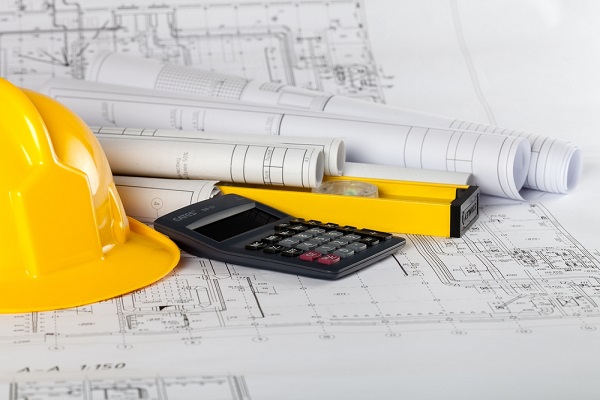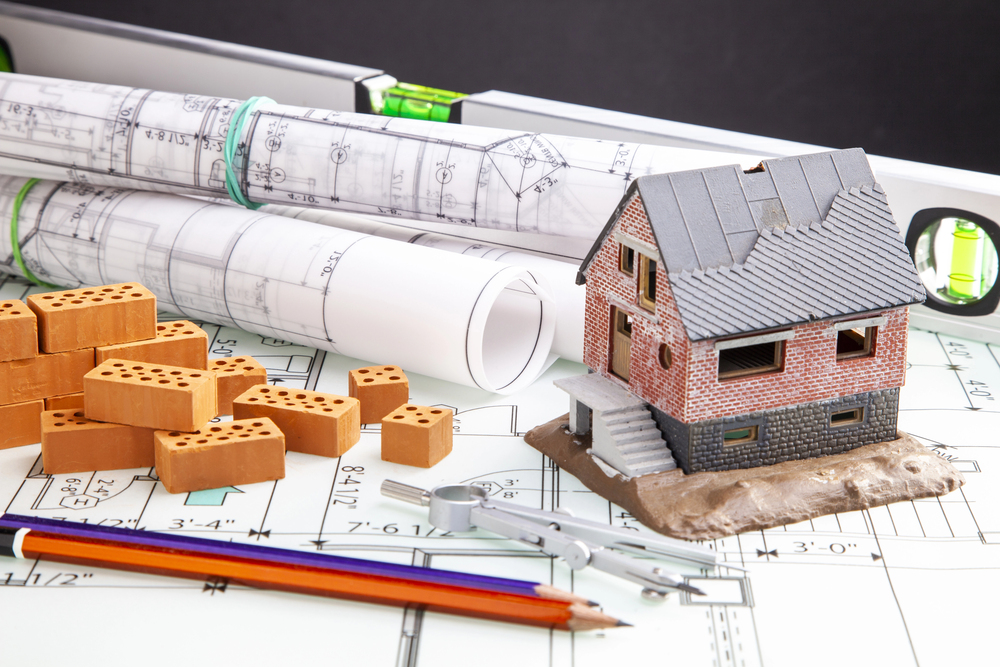The 3 C’s of A&E: Contracts, Communication and Client Documentation

By: Diane Mika and Wayne Brockington
There has been a steady increase in both the frequency and severity of architects & engineers (A&E) professional liability claims over the past few years as economic and social inflation continue to expand.
This volatility has led many insurance providers to reduce their appetites for A&E coverage to avoid potential exposures that could arise in the future. And those who remain are raising rates at a time when A&E firms are seeking higher limits, which will likely make it more costly to get coverage.
There’s no question that all of this has translated into a more challenging market, even for historically favorable classes like civil engineers.
Though the current landscape is undoubtedly challenging, it also offers agents the opportunity to demonstrate their experience and work as a true adviser for their clients. And as the demand for engineering and design professionals continues to grow, according to the U.S. Bureau of Labor Statistics, providing a high level of service can benefit agents in the long run.
Here are three foundational risk management considerations that agents and their A&E clients should know to help reduce exposures and improve their insurability in the current market.
1) Contracts. A contract defines the project and each party’s responsibilities and expectations in the design and construction process. The phrase “words matter” couldn’t be truer when it comes to project contracts.
Not all contracts are fair and equitable, which is why it is critical that A&E firms thoroughly review and understand the duties they are agreeing to as defined by the contract to ensure they avoid inadvertently taking on more liability than they intended—some of which may not be insurable. In addition, each contract should be customized to a specific project, even when using standard association forms.
Agents should closely review and discuss contracts with their clients to ensure they are aware of the key project details and what their liabilities may be. Agents should also use the contract review process as a risk management and learning opportunity, providing their expertise and advice on the insurability of agreement terms and conditions to help their clients mitigate risks.
2) Communication. Poor communication, or even a complete communication breakdown, between an architect or engineer and their client is found in nearly every professional liability claim. It usually comes down to expectations—a client expects something that isn’t delivered or done to their satisfaction, or they receive an invoice for an unexpected or unapproved expense. Staying in close communication with all parties on a project can lessen the likelihood of these types of disputes.
Good communication between an agent and their A&E client is also critical. Agents need to ensure their A&E client is educated about what their policy covers—and what it doesn’t—to avoid any surprises in the event of a claim. Additionally, agents should ensure their A&E clients communicate with them if they plan to expand their businesses through growth or acquisition or take on new project types or responsibilities.
When submitting an application, agents should clearly communicate with the insurer about the full scope of services the A&E professional performs. It is also essential to provide a clear and concise overview of the types of projects that are being covered. Providing complete information allows the carrier to understand a firm’s professional liability exposure.
3) Client documentation. When a professional liability claim is made, proper documentation is an architect’s or engineer’s best defense and can minimize exposure.
Architects and engineers should keep thorough and detailed documentation on all correspondence or meetings between them and anyone else involved in a project, as well as any documentation related to proposals, agreements and contract documents, to name a few. Some of the most critical documentation is for project changes, substitutions and approvals.
The quality of the documentation is also critical. Documentation should clearly spell out what an architect’s and engineer’s role is in each phase of a project and answer the question of why the architect or engineer made certain decisions.
Agents should reinforce the need for their A&E clients to keep proper records for every project they work on, and that the documentation is retained for the length of time required by the statutes of limitation and repose for a given project.
Ultimately, the more agents can do to help their clients in the current market climate, the smoother their projects will go and the better the agent-client relationship will be.
Diane Mika is senior vice president, risk management officer for Berkley Design Professional, a Berkley Company. Wayne Brockington is assistant vice president, senior underwriter for Berkley Design Professional, a Berkley Company.










